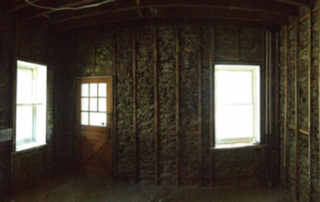A Day in the Life of a Kitchen Remodel — Step 4: Prepping for Inspection
There are many things happening this week in our Mt. Airy kitchen remodel as we prepare for inspection. This will require a lot of coordinating between the clients, all of[...]
How Does Your Home Fend Off February Chill?
This week started off quite brisk and windy. We noticed that this made our house exceptionally chilly, even though the temperature outside was no lower than some other nights this[...]
In the News, Part II
Myers Constructs is featured on Examiner.com today regarding making older homes more energy efficient. You can see the story here.








